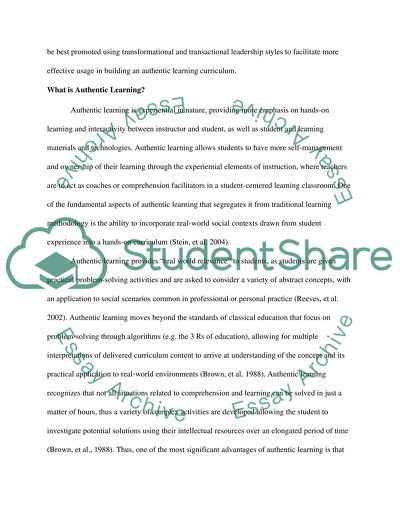Cite this document
(“Creating Authentic Learning: Evaluating leadership and viability of Essay”, n.d.)
Creating Authentic Learning: Evaluating leadership and viability of Essay. Retrieved from https://studentshare.org/education/1400930-edle
Creating Authentic Learning: Evaluating leadership and viability of Essay. Retrieved from https://studentshare.org/education/1400930-edle
(Creating Authentic Learning: Evaluating Leadership and Viability of Essay)
Creating Authentic Learning: Evaluating Leadership and Viability of Essay. https://studentshare.org/education/1400930-edle.
Creating Authentic Learning: Evaluating Leadership and Viability of Essay. https://studentshare.org/education/1400930-edle.
“Creating Authentic Learning: Evaluating Leadership and Viability of Essay”, n.d. https://studentshare.org/education/1400930-edle.


